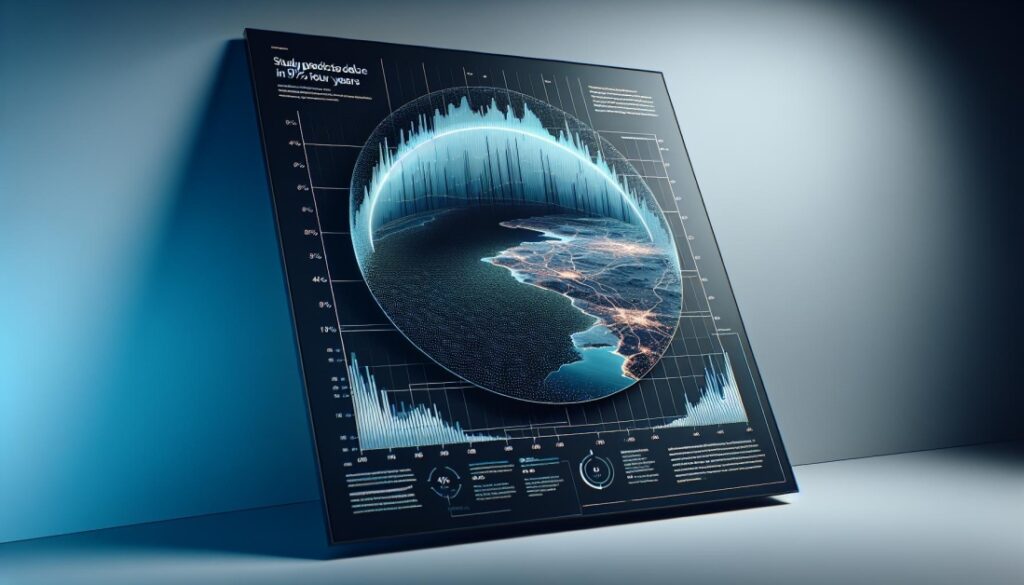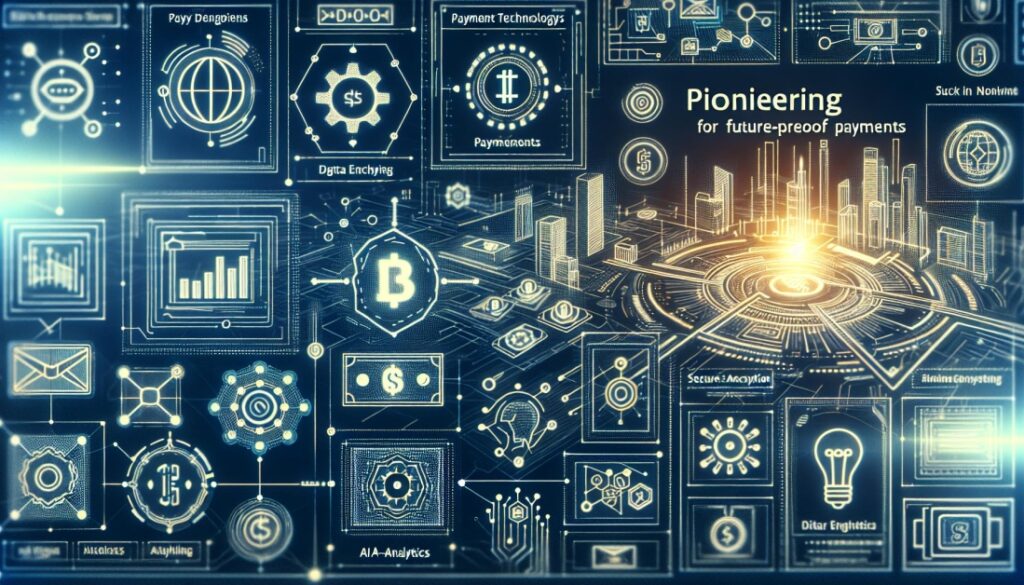Tokenization and Blockchain: Changing the Future of Payments

By: Pedro Ferreira
In an environment characterized by rapid technological development, the convergence of blockchain and tokenization heralds a new era of value creation. Payment providers are at the forefront of innovation and creativity. Payment providers are increasingly using these advanced technologies to increase transaction efficiency. The entire life cycle of the product should be transparent, auditable and secure. Tokenization of cards is a growing trend and blockchain-based solutions are emerging. Decentralized Finance (DeFi), systems designed to reshape the global payments ecosystem. With significant implications for security, transaction processing and cross-border payment transactions.
Card tokenization is a growing trend in payment security
According to a recent Capgemini study, the global tokenization market is expected to reach $2.39 billion by 2022. Financial services will reach $9.82 billion in 2030, with an annual growth rate of 19.6%. Financial tokenization of cards is used by institutions and intermediaries to increase the security of their systems. Security of transactions and elimination of fraud problems. Enterprises and payment companies are embracing tokenization as it gains momentum. About 67% of users and 51% of non-users are exploring the possibilities. Participate in security and compliance initiatives.
Decentralized Finance (DeFi), a new force in the landscape
DeFi, a blockchain-based technology, is gaining significant traction. It offers an open source solution. Eliminating middlemen is a solution to reduce the cost of payment processing. The report highlights that the global blockchain market for banking and financial services is expected to grow at a rate of $19.27 billion. By 2027, it will have grown by 58% compared to the previous year. The appeal of DeFi lies in its ability to revolutionize the payments infrastructure. Transition to a hybrid system to improve efficiency and adaptability. Changes in transaction volumes
Real-life uses of tokenization and DeFi
In response to the increasing interest, the middle of companies are exploring the real-world applications of blockchain technology. DeFi and tokenization. Research from Capgemini shows that 62% of consumers prioritize improved security. Security is more important than convenience, which means solutions like tokenization are critical to security. Online payments are expected to be the main area of global e-commerce fraud. By 18% between 2020 and 2025. Commercial banks are looking heavily into deposit tokens. It aims to facilitate various applications such as payment, trading, settlement processes and the provision of cash collateral
Future Prospects and Impact
As a payment provider. Decentralized Finance: Impact on Domestic and International Payments Ecosystems have profound impacts. DeFi is a paradigm shift from a centralized system to a hybrid system that allows for more flexible adjustments. The transaction volume is changing. Tokenization integrated into blockchain technology increases security and reduces costs. Automated Smart Contracts eliminate errors and misdirected payments through automated smart contracts. Smart contracts automate the payment process and eliminate errors. Payment transaction security has evolved from encryption key-based approaches to robust tokenization
. Industry Initiatives and Collaborations
Major players in the financial services industry are actively integrating tokenization into their systems. Services. Bluefin Global Network, Global Payments Europe and Discover Global Network are network tokenization platforms that can be used to increase the security of payment transactions. The integration of tokenization with blockchain technology has improved efficiency. The integration of tokenization and blockchain technology has increased efficiency. JP Morgan and HSBC have opened up new possibilities by testing tokenized deposits. The Reserve Bank of Australia and JPM Coin have launched programmable payments via JPM Coin. Australia is exploring “tokenized bills” as part of the CBDC pilot.
Changing trends in the payments and banking landscape
Also read about the benefits of using tokenization and blockchain and redefining the payment security landscape. The transformative impact goes beyond transaction efficiency and reaches the core of the banking industry. Traditional financial institutions are currently in a fierce battle for deposits, we are on the verge of a paradigm shift. Tokenization projects are a new phenomenon that challenges conventional thinking. Introduce innovative alternatives to traditional deposit mechanisms.
As banks are forced to compete with each other, the competitive landscape will change. Adapt to the growing tide of tokenization, blockchain and other technologies. In search of financial institutions, decentralized finance (DeFi) institutions will soon compete for consumer deposits, not only among themselves, but also between platforms with tokenized assets. The efficiency, agility and transparency that blockchain-based solutions offer make them a compelling option for consumers looking for a new alternative. Safe and flexible financial instruments. Traditional banks have been positioned as custodians and must move into new territory where the allure and appeal of financial trusts is no longer sufficient. Decentralized systems and tokenized assets threaten to change the dynamics of customer loyalty.
Tokenization: The Limit of Tokenization
Integrating tokenization into banking services is a departure from traditional methods. The battle for deposits has become a complex competition for consumer trust. Assumption. Blockchain technology is being adopted by banks. New financial products can be created using tokenization. Services. Smart contracts and programmable payments are becoming increasingly popular. Tokenized deposits can redefine the value proposition of traditional deposits. Banking institutions
Banks face a double challenge in this dynamic environment: ensuring they remain competitive and secure. Compliance with regulatory frameworks and innovation to remain competitive. Those who proactively engage with tokenization and blockchain projects can gain an advantage by positioning themselves as pioneers in the changing financial landscape. As the industry adapts, the lines between traditional banking, decentralized banking and transformative forces are blurring. Financial systems are blurring, ushering in a new era of consumer trust. Loyalty is at the forefront of everything we do.
The conclusion of the article is:
Payments is a dynamic industry. Tokenization and blockchain are transformative forces that offer a number of benefits. Increased security, efficiency and transparency. As the industry navigates this evolution of financial institutions and technology, startups and incumbents are poised to explore new frontiers of value creation. The path to a more automated, secure and customizable payment ecosystem is synergies between tokenization and innovation in blockchain driving the current wave of projects.





